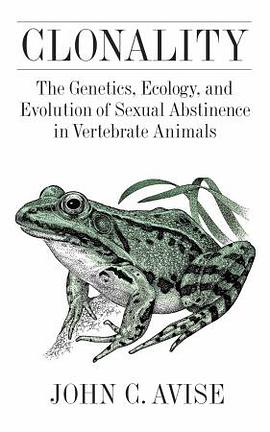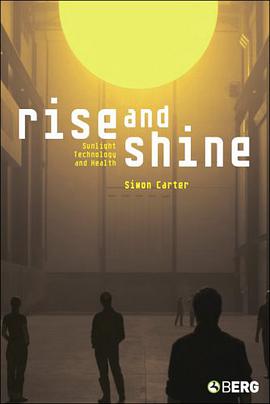

具體描述
- First comprehensive treatment of the full range of clonal phenomena in vertebrate animals
- Gives an accessible account of clonality in the natural world, in contrast to the politically charged and mainstream issue of cloning in the laboratory
- Filled with beautiful line illustrations of the species discussed
Approximately 99.9% of vertebrate species reproduce sexually. The exceptional 0.1% reproduce via asexual or clonal means, which vary wildly and are fascinating in their own right. In this book, John C. Avise describes the genetics, ecology, natural history, and evolution of the world's approximately 100 species of vertebrate animal that routinely display one form or another of clonal or quasi-clonal reproduction.
Approximately 99.9% of vertebrate species reproduce sexually. The exceptional 0.1% reproduce via asexual or clonal means, which vary wildly and are fascinating in their own right. In this book, John C. Avise describes the genetics, ecology, natural history, and evolution of the world's approximately 100 species of vertebrate animal that routinely display one form or another of clonal or quasi-clonal reproduction.
By considering the many facets of sexual abstinence and clonal reproduction in vertebrate animals, Avise sheds new light on the biological meaning and ramifications of standard sexuality.
著者簡介
圖書目錄
讀後感
評分
評分
評分
評分
用戶評價
相關圖書
本站所有內容均為互聯網搜索引擎提供的公開搜索信息,本站不存儲任何數據與內容,任何內容與數據均與本站無關,如有需要請聯繫相關搜索引擎包括但不限於百度,google,bing,sogou 等
© 2025 book.quotespace.org All Rights Reserved. 小美書屋 版权所有




















